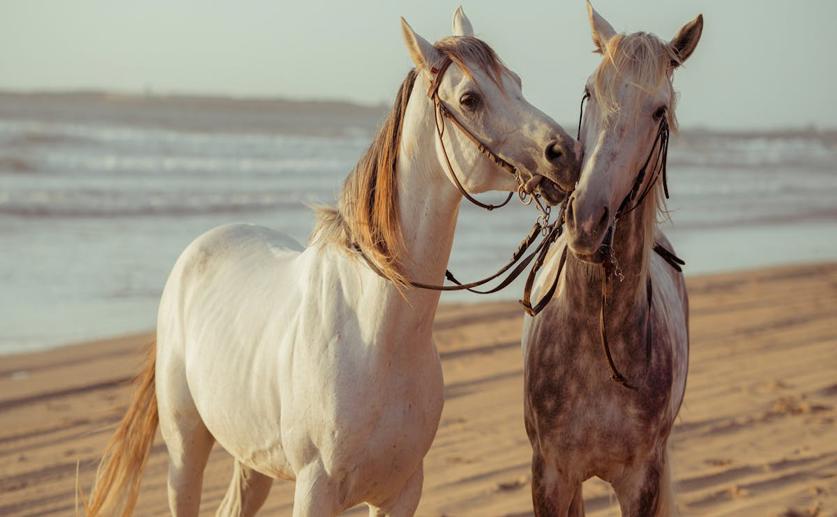
Using Remote Sensing to Study How Wild Horses Reduce Shrub and Grassland Biomass
Greg Howard
3rd July, 2024

Image Source: Hassan OUAJBIR (photographer)
Key Findings
- In Galicia, Spain, feral horses were used to graze on gorse to reduce wildfire risk
- Grazed areas showed a consistent reduction in wildfire spread rates compared to ungrazed areas
- Using drones for data collection provided a fast and cost-effective way to assess biomass and wildfire risks
EnvironmentEcologyAnimal Science
References
Main Study
1) Application of remote sensing to understand the role of Galician feral horses in the biomass reduction of a shrub-grassland-dominated landscape
Published 2nd July, 2024
https://doi.org/10.1186/s12862-024-02276-5
Related Studies
2) Factors influencing fire behaviour in shrublands of different stand ages and the implications for using prescribed burning to reduce wildfire risk.
Journal: Journal of environmental management, Issue: Vol 65, Issue 2, Jun 2002
3) Prescribed fire and its impacts on ecosystem services in the UK.



 21st May, 2024 | Jim Crocker
21st May, 2024 | Jim Crocker